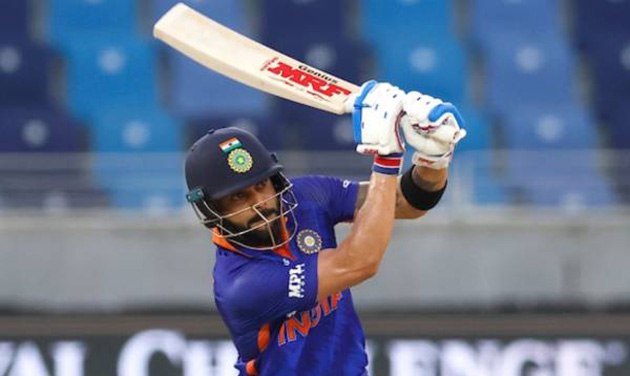
Virat Kohli’s 71st international century came at the unlikeliest of matches when he reached the coveted triple figures in a dead rubber Asia Cup match against Afghanistan.
The 33-year-old came to open the innings for India with KL Rahul In the absence of Rohit Sharma, and cautiously played the first ten balls. But once he found his touch, there was no going back for the star batter.
Before this match, Kohli had last scored an international century against Bangladesh in a Pink Ball Test on November 23, 2019.
Kohli got to his 33rd half-century in 32 balls and casually raised his bat. He soon reached to his maiden T20I century with a brilliant six off Fareed Ahmed.
Kohli hit Ahmed over the deep midwicket boundary to bring his maiden T20I hundred.
He reached the landmark in 53 balls. After reaching to his first-ever century in the shortest format of the game, Kohli was all smiling.
With this Kohli ended his drought of not scoring a century in international cricket for 1020 days with a sensational career-best 122 off just 61 balls to power India to 212/2 against Afghanistan in a dead-rubber of Super Four stage in Asia Cup 2022 at the Dubai International Stadium on Thursday.
His unbeaten 122, laced with 12 fours and six sixes, a mix of classic and brutal cricket shots at the same time, came at a strike-rate of 200, which is also the highest score by an Indian men's batter in T20Is.
Kohli now joins former Australia captain Ricky Ponting in scoring 71 international centuries, the joint second-most in the tally led by India batting legend Sachin Tendulkar at 100.





Comments
Add new comment